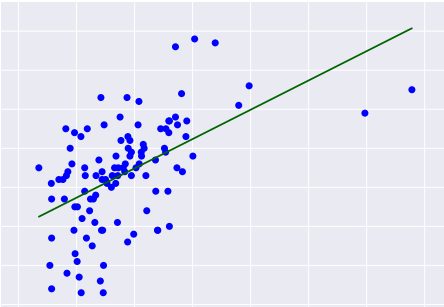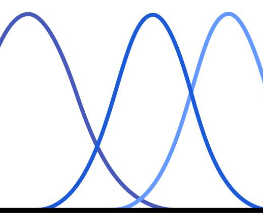- by Jimmy Fisher
- Oct 19, 2024
Clustering Algorithms
- By Jimmy Fisher
- Oct 19, 2024
- in Techniques

Clustering algorithms are unsupervised machine learning methods that group similar data points into separate 'clusters' based on their inherent similarity or patterns, without prior knowledge of labels. They're widely used for exploratory data analysis to understand data structure, identify patterns, and pre-process data before further modeling. In AI/ML, they find application in tasks such as anomaly detection, image segmentation, document categorization, and customer segmentation.
There are several different clustering algorithms to use, including:
- K-Means
- Hierarchical Clustering
- Spectral Clustering
- Gaussian Mixture Models
- Affinity Propagation
- Mean-Shift Clustering
- Agglomerative Clustering
- Particle Swarm Optimization (PSO), and
- DBSCAN





